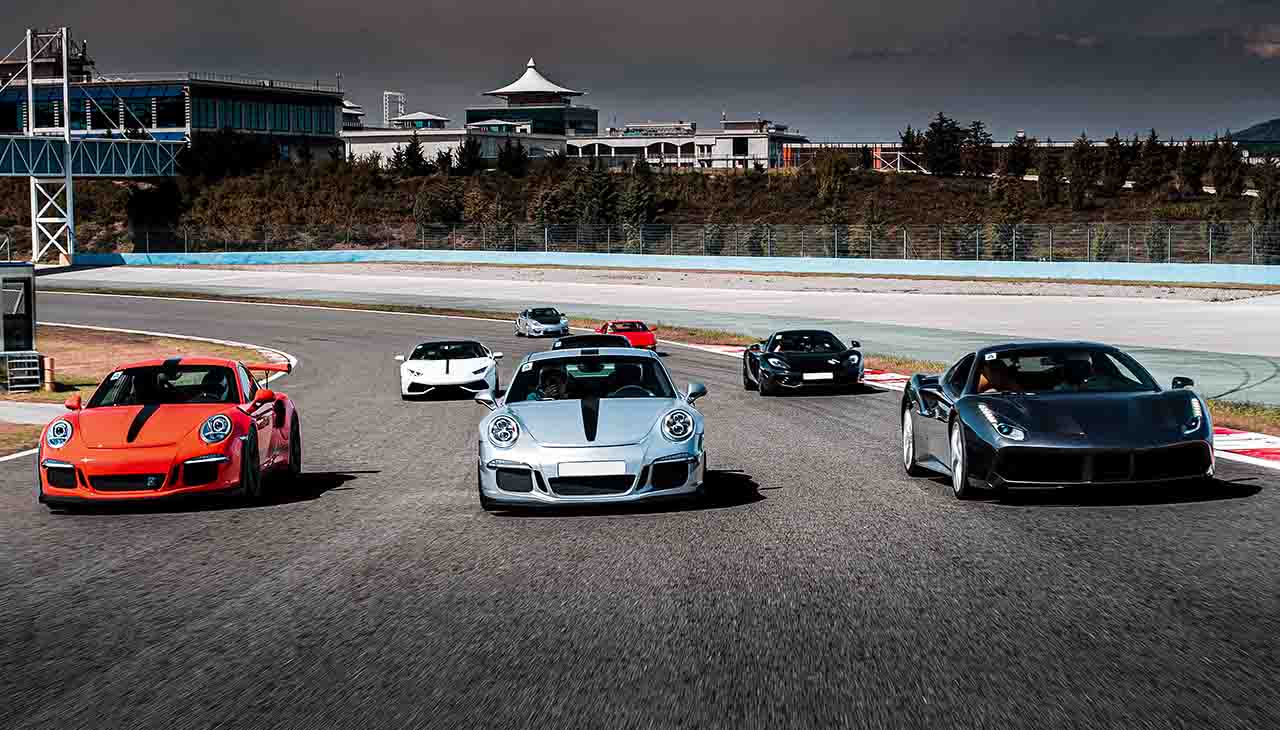From the advent of the first motor car to the high-octane, technologically advanced racing machines of today, the world of auto racing has undergone a drastic transformation. This evolution, primarily driven by technological innovations, has not only affected the speed and performance of racing vehicles but has also revolutionized strategy in this high-stakes sport. This document delves into the intricate blend of speed and strategy that defines modern auto racing and traces the fascinating trajectory of technological developments that have shaped the sport.
Early Days of Auto Racing
In the early days of auto racing, vehicles were rudimentary, and the sport was less about strategic prowess and more about sheer mechanical reliability and endurance. Races, often conducted on public roads, would stretch over hundreds of miles, testing the durability of these primitive machines and the mettle of the drivers. The automobiles used were not specialized racing cars but modified versions of commercial passenger vehicles. They were powered by internal combustion engines, with manual transmissions and negligible safety features. The drivers not only needed physical strength to handle these machines but also a robust knowledge of mechanics to resolve frequent breakdowns. It was an era where the concept of speed was just starting to take shape, setting the stage for a century of intense technological evolution.
Technological Advancements
As the 20th century progressed, a slew of technological innovations significantly transformed auto racing. The introduction of specialized racing cars equipped with high-powered engines and aerodynamic designs facilitated an unprecedented increase in speed. A landmark development was the invention of the rear-engine layout, which improved handling and balance significantly. Ground-breaking advancements in tire technology played a crucial role as well; offering better grip, durability, and control. Also, the advent of digital technology brought sophisticated telemetry systems into play. These systems enabled real-time tracking of vehicle data, thereby allowing teams to make informed strategic decisions during the race. Safety measures also saw substantial improvements, with the introduction of roll cages, crash helmets, fire-retardant suits, and HANS devices. This period marked a shift from merely testing endurance to a complex interplay of speed, strategy, and technology, shaping the high-octane, precision-driven sport we see today.
Evolution of Strategy
In parallel with the technological advancements in auto racing, the strategic aspects of the sport also underwent significant evolution. Earlier, the primary strategy was straightforward – drive as fast and as long as the car can sustain. However, with advancements in technology, teams started employing sophisticated strategies, leveraging real-time data from telemetry systems. Factors like tire degradation, fuel management, and the driver’s physical and mental condition became key considerations in devising race strategies. Teams began to meticulously plan pit stops, deciding when to refuel, change tires, or make mechanical adjustments. The role of the pit crew became increasingly crucial in this new era of racing, with races often won or lost based on the efficiency of pit stops. Furthermore, tactical decisions related to weather changes, safety car periods, and rivals’ strategies added another layer of complexity to the sport. Thus, modern auto racing has evolved into a highly strategic sport, where technological prowess and strategic acumen go hand in hand in the pursuit of victory.
Current State of Auto Racing Technology
In the current state of auto racing, technology is at the forefront of the sport. Hybrid power systems, incorporating both internal combustion engines and electric motors, have become the norm in many top-level racing series, demonstrating the industry’s commitment to sustainability. Advanced materials such as carbon fiber and titanium are widely used in car construction, ensuring both lightness and maximum safety. The aerodynamics of racing cars is now studied in detail using Computational Fluid Dynamics (CFD) and wind tunnel testing. In-race communication systems have seen significant advancements, enabling seamless communication between drivers and their teams. In the realm of safety, technologies like virtual safety cars and biometric gloves help protect drivers during incidents. Furthermore, data gathered from countless sensors installed in the cars is analyzed using AI and machine learning, allowing teams to make split-second decisions and revise strategies on the fly. Virtual Reality (VR) and simulator technologies are commonly used for driver training, improving their reflexes and understanding of the car’s behavior. The current era of auto racing is characterized by an intricate blend of cutting-edge technology and strategy, creating a dynamic, thrilling sport that captivates audiences worldwide.
Future Trends in Auto Racing Technology
As we peer into the future of auto racing, several emerging trends indicate continued technological evolution in this exciting sport. The use of autonomous vehicle technology is likely to grow, with AI-assisted pit stops and driverless safety cars becoming common sights. Electric power in racing is set to expand beyond Formula E, as more racing series adopt greener technologies in response to global sustainability demands. Augmented Reality (AR) and Virtual Reality (VR) technologies will play an increasingly significant role in driver training and race simulations, while also enhancing the spectator experience through immersive viewing. Furthermore, advancements in material science will pave the way for lighter, stronger, and more durable racing cars. Quantum computing, with its ability to process large amounts of data at unparalleled speeds, has the potential to revolutionize race strategy by providing real-time analytics and predictive modeling. Finally, the integration of 5G and IoT will improve in-race communications, telemetry, and data analysis, making racing even more strategic and precision-driven. The future of auto racing promises a seamless blend of high-speed thrills, state-of-the-art technology, and sophisticated strategy, making it an exhilarating spectacle for both participants and audiences.
Conclusion
In conclusion, auto racing has come a long way from its early stages, marked by rudimentary machinery and straightforward strategies. The sport has experienced a remarkable transformation, driven by significant technological advancements and an evolving strategic landscape. Today, it stands as a testament to the power of innovation and human ingenuity, harmoniously blending cutting-edge technology, strategic acumen, and electrifying high-speed action. Looking ahead, the future of auto racing holds immense promise, with emerging trends indicating continued technological evolution and an increasing emphasis on sustainability. As an arcane spectacle of speed, technology, and strategy, auto racing is poised to captivate audiences worldwide for years to come.



